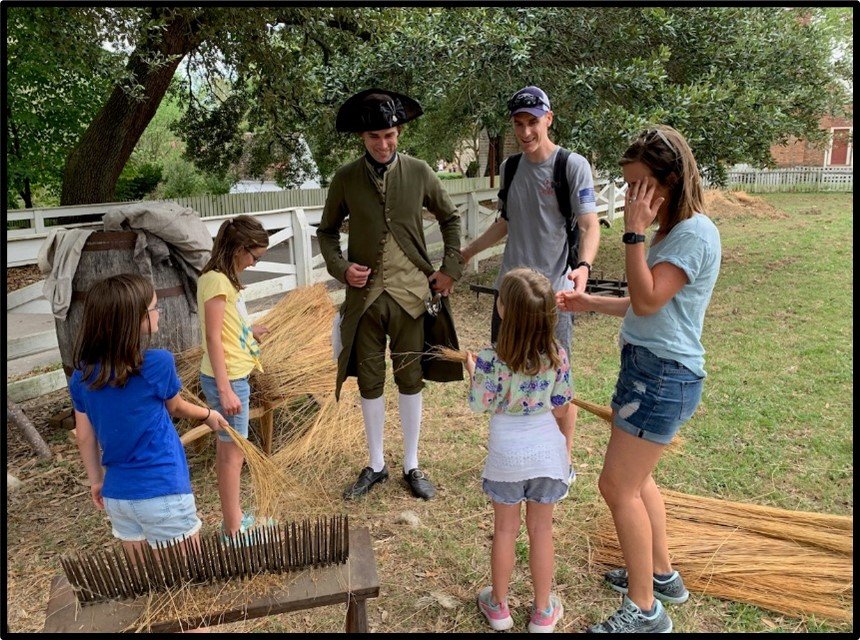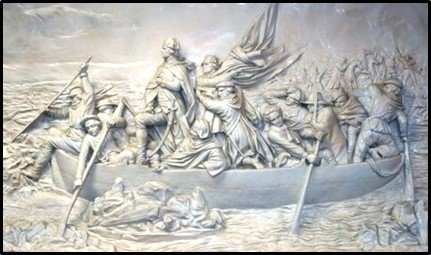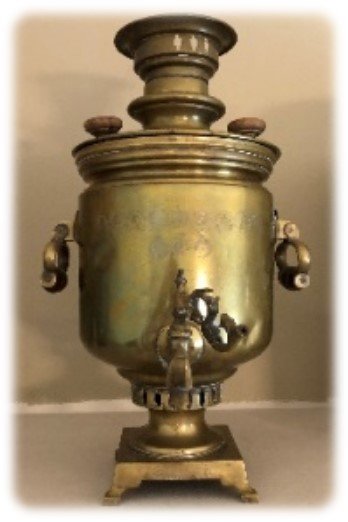George Washington understood the primacy of land stewardship for bountiful harvests and expressed concern about settlers’ “ruinous” tendency to exhaust frontier soils only to continue farther westward and inflict similar damage. He advocated use of “scientific farming” to renew soils and transition away from Southern tobacco and New England maize to grains, legumes, and grasses through a complex system of crop rotation and use of soil amendments. Washington’s progressive ideas were strongly influenced by foreign correspondence and reading of books by Great Britain’s most respected agricultural writers—Arthur Young’s first four volumes of Annals of Agriculture (1785) and Henry Home, Lord Kames’ The Gentleman Farmer (1776).
George Washington Presidential Library Reading Room, Mt. Vernon
Fred Smith National Library for the Study of George Washington
Washington made dozens of pages of notes from these and similar works and twice recorded Kames’ observation that, “No branch of husbandry requires more skill and sagacity that a proper rotation of crops,” which in England had come to involve cycles as long as seven years. Washington wrote to Alexander Hamilton in the 1790s of the public need to promote a “natural fertility” (his own italicized expression), and that if “…taught how to improve the old, instead of going in pursuit of new and productive soils, they would make these acres which now scarcely yield them anything, turn out beneficial….” (The opening essay of the Annals series which Young personally sent to Washington carried a broadside against Britain’s wasteful wartime spending.)
Harvesting wheat, oats, and rye remained labor intensive and undertaken by Washington’s enslaved workers. But he sought to make the process more efficient by careful field observation and in 1786 recommended that every pair of adult cradle scythers be followed by four reapers and one binder followed by younger carriers of bundles. Harvest at Mt. Vernon and Washington’s other farms generally took place in July and August followed by the seeding of fall grains. Threshing was conducted in winter or even in spring. Washington also advocated improved agricultural mechanization and in 1792 constructed an innovative sixteen-sided, two-story threshing barn at Mt. Vernon’s Dogue Farm so horses could more efficiently tread out grain stalks on a slatted floor so the kernels could rain down and be gathered below. Prior to the advent of mechanized threshing, four pairs of horses trotting in a circle some sixty to one hundred feet in diameter could tread out some 300 bushels of wheat per day. Similar results with flailing might take five threshers working exhaustively for ten days. After a tour of Washington’s estates in 1788 guided by Washington himself, French minister to the United States Comte de Mousteir termed the newly elected president’s treading barn “a true monument to Patriotism.”
Mt. Vernon Threshing Barn
Mt. Vernon “New Room” Plaster Ceiling and Doorway Frieze Harvest Motifs
Mt. Vernon National Historic Landmark; Mt. Vernon, Virginia
Columbia Heritage Collection Photographs
Washington’s meticulous records of purchases at Mt. Vernon indicate his aesthetic as well as commercial interests. He was a serious collector of art prints and purchased no fewer than one hundred during his time in Philadelphia and at Mt. Vernon. Washington also bought six landscape paintings from English immigrant artists William Winstanley and George Beck that depicted the Potomac and Hudson River Valleys. These first hung in the original presidential residence in Philadelphia, but upon completion of his second term in 1797, Washington bought the entire group along with prints and furniture for his Mt. Vernon home’s grand two-story “New Room.” Designed in the style of an English manor house salon, the large room with airy Palladian windows was crowned with Richard Tharpe’s intricate plaster ceiling bas reliefs depicting harvest sheaves, scythes, rakes, and other farm tools. Art appreciation through collecting and display was understood to foster the moral virtue of both owner and viewers, and ornamental details honored sources of wealth and aspirations.
Washington also acquired exquisite copper mezzotints by London master printer John Boydell (1719-1804) and others showing scenes from biblical history and Greek mythology as well as Dutch pastoral landscapes (e. g., Adam Pynacker’s Morning and Evening). Boydell learned the complexities of printmaking and became one of the era’s most influential publishers who procured the services of such leading British artists as Benjamin West (1738-1920) and Richard Westall (1765-1836). Boydell engraver Francesco Bartolozzi (1727-1815) perfected colored stippling techniques that drew widespread acclaim from European and American patrons who had only known reproductions in black and white or brown tones. Washington’s Boydell prints were from the London publisher’s magisterial edition of Liber Veritatis (1774-1777), a precursor to the modern coffee table book, which contained two hundred drawings of works by influential French landscapist Claude Lorrain that came to be owned by William Cavendish, Duke of Devonshire. The scenes were reproduced by engraver Richard Earlom (1743-1822) as distinctive mixed-method colored mezzotint for washes and etching for pen lines, and the series soon became a standard for aspiring artists to study.
U.S. Department of Agriculture Inner Court
Artists and authors contributed to an iconography of Washington as a modern Cincinnatus and agrarian statesman that was well established within several decades. His uncommon leadership and benevolence stand in contrast to the presence of amiable slaves who appear in several early nineteenth-century Mt. Vernon scenes. But Washington himself underwent a paramount life transition as young patrician who inherited vast estates with slaves when only eleven to Father of the Nation who freed them upon his death.









































